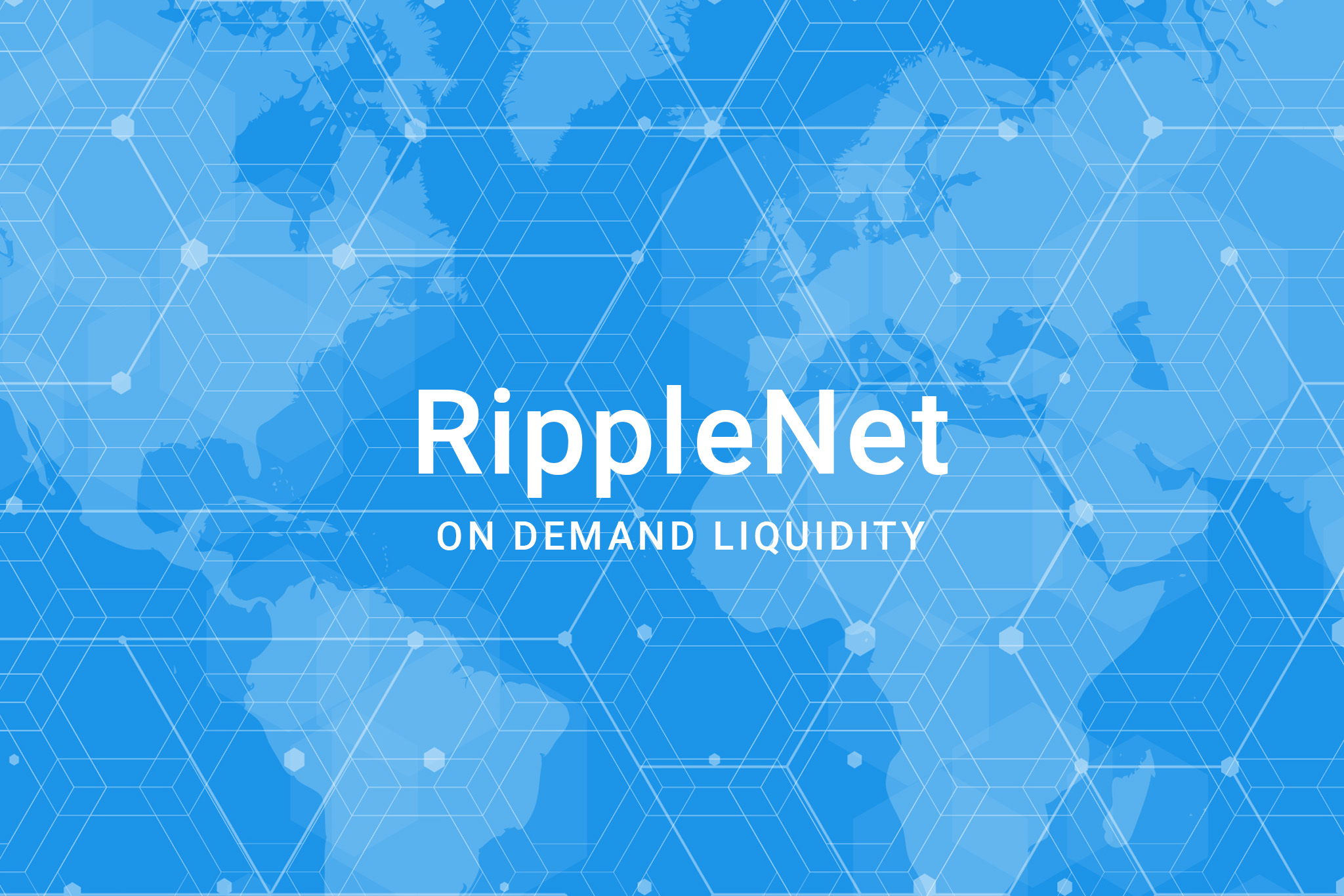Ready to add XRP, the cryptocurrency powering RippleNet, to your portfolio? The process might seem daunting at first, but with a clear understanding of the steps involved, buying Ripple can be surprisingly straightforward. This guide offers a practical, step-by-step approach, designed to empower you with the knowledge you need to navigate the world of XRP acquisition safely and effectively.
Choosing Your Battleground: Selecting the Right Cryptocurrency Exchange
The first crucial step in learning how to buy Ripple is selecting a reputable cryptocurrency exchange. This is where you’ll buy, sell, and potentially store your XRP. Many platforms offer XRP trading, but not all are created equal. Consider these factors:
Security First: Protecting Your Digital Assets
Security should be your top priority. Look for exchanges with robust security features like two-factor authentication (2FA), cold storage for a significant portion of their funds, and a proven track record of safeguarding user assets. In my experience, reading user reviews and checking for regulatory compliance can be extremely helpful.
Fees and Transaction Costs: Minimizing Expenses
Exchanges charge fees for various transactions, including deposit fees, withdrawal fees, and trading fees. Carefully compare fee structures across different platforms to find one that fits your budget and trading volume. Lower fees can significantly impact your overall profit margins.
User-Friendliness: Navigating the Interface
The exchange’s user interface should be intuitive and easy to navigate, even for beginners. A cluttered or confusing platform can lead to costly mistakes. Look for platforms with clear instructions and helpful customer support.
Funding Your Account: Getting Ready to Buy XRP
Once you’ve chosen an exchange, you’ll need to fund your account. Most exchanges accept various payment methods, including bank transfers, credit cards, and debit cards. However, the available options and associated fees may vary.
Choosing Your Payment Method: Speed vs. Fees
Bank transfers often offer the lowest fees but can take several business days to process. Credit and debit cards provide faster funding but usually incur higher fees. Weigh the pros and cons to determine the best option for your needs.
Verifying Your Identity: KYC/AML Compliance
Most reputable exchanges require Know Your Customer (KYC) and Anti-Money Laundering (AML) verification. This involves providing identification documents to comply with regulatory requirements. While this may seem inconvenient, it’s a crucial aspect of ensuring the platform’s security and protecting your investment.
The Big Moment: Placing Your First XRP Order
With your account funded and verified, you’re ready to buy Ripple! The process is similar across most exchanges but may vary slightly depending on the platform.
Market Orders vs. Limit Orders: Understanding Your Options
A market order buys XRP at the current market price. A limit order allows you to specify the price at which you want to buy, ensuring you don’t overpay. The choice depends on your risk tolerance and market outlook.
Setting Your Order Size: Managing Your Investment
Decide how much XRP you want to buy based on your investment strategy and risk tolerance. Start small, especially if you’re new to cryptocurrency, and gradually increase your holdings as you gain experience.
Secure Storage: Protecting Your XRP Investment
Once you’ve bought XRP, securing it is paramount. Exchanges offer wallet services, but they are not foolproof. Consider transferring your XRP to a personal wallet for enhanced security.
Hardware Wallets vs. Software Wallets: A Comparison
Hardware wallets offer the highest level of security, storing your private keys offline. Software wallets are more convenient but are susceptible to hacking if not properly secured. The choice depends on your security needs and technical proficiency.
Understanding Private Keys: The Foundation of Security
Your private keys are crucial for accessing your XRP. Treat them like your banking password – never share them with anyone, and keep them in a secure location. Losing your private keys means losing access to your XRP.
Diversification and Risk Management: A Prudent Approach
It’s interesting to note that while XRP offers potential rewards, it’s crucial to diversify your investment portfolio and manage risk effectively. Don’t put all your eggs in one basket. Investing in XRP should be part of a broader investment strategy, alongside other assets.
Staying Informed: Keeping Up with Market Trends
The cryptocurrency market is volatile. Stay informed about market trends, news, and regulatory developments that might impact XRP’s price. Regularly review your investment strategy and adjust as needed.
Only Invest What You Can Afford to Lose
This is perhaps the most crucial piece of advice. Never invest money you can’t afford to lose. Cryptocurrency markets can be unpredictable, and losses are possible.
Wrapping Up
Learning how to buy Ripple is an exciting step into the world of cryptocurrency. By understanding the process, choosing the right exchange, and prioritizing security, you can confidently navigate this dynamic market. Remember, thorough research and a well-defined investment strategy are key to success. So, take your time, understand the risks, and embark on your XRP journey wisely.
